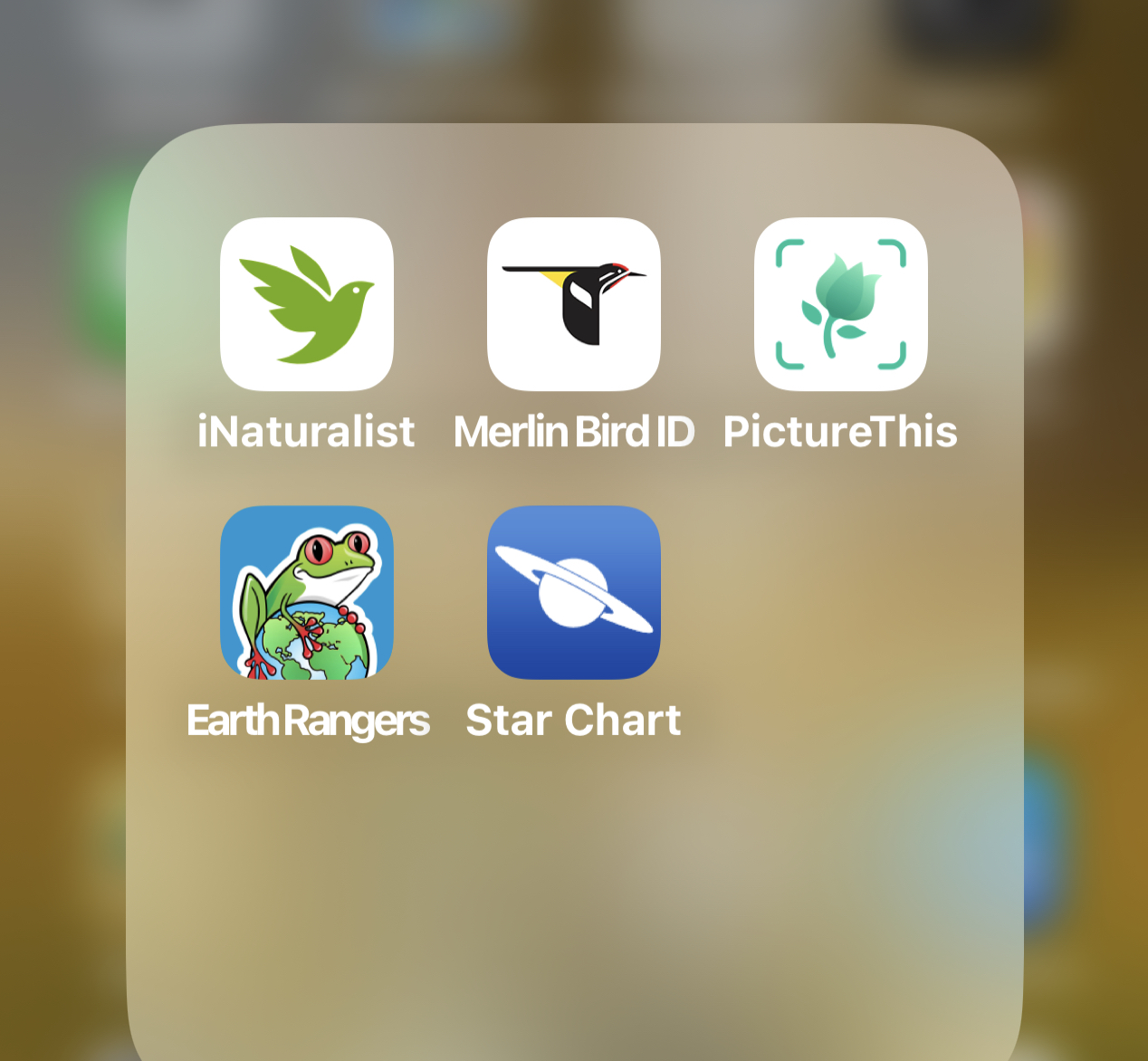
5 Free Nature Apps
These free apps turn your smart phone into an instant eco-detective
Anyone who has lived with a two-year-old knows the refrain, “What’s that?” Being out in nature can make us all sound like toddlers, pointing and pondering. What’s the name of that wildflower? What bird is making that call? Whose tracks are those in the mud? Fortunately, since we’re grownups, we can turn to some amazing—and free—apps and websites to help us answer all those what’s-thats when we’re out on the trail. Here’s a roundup of some that we enjoy using both out in the field and when we get home.
iNaturalist: the ultimate answer to “what’s that?”
Crowdsourcing with other naturalists—both professional and amateur—is the heart and soul of this extremely popular app/website. A joint venture of San Francisco’s California Academy of Sciences and the National Geographic Society, the iNaturalist app has nabbed a huge following (well over 3 million users and rising) and massive amounts of data (more than 70 million images to date) since its debut in 2003.
To use it, upload a picture of your mystery plant or animal. Next, artificial intelligence kicks in, using an algorithm to attempt to identify the organism, and asking you to look for other physical features to help you further hone in on a species. Feeling social? There’s an option for you to share your image with other naturalists, who in turn can help you ID your mystery species.
While all this is enough for us to give this app a big thumbs-up, iNaturalist has another feature that aids conservation. Sightings are compiled in a global database, giving conservation scientists insights into population sizes and distribution—crucial info, especially when it comes to knowing if a species is doing well, or if it’s trouble.
The app also has a simplified version called Seek. Designed with easy-to-use graphics and plenty of badges, Seek firmly sits in the family-friendly category, a great option if you’ve got a budding naturalist in your home—or want to create one.
Merlin: the ultimate app for birders
Watch out—we’ve seen people go from identifying not much more than a chicken to being full-fledged birders once they start using this info-packed app. Created by the world-class Cornell Lab of Ornithology in partnership with Birds in the Hand, LLC, and aided by experts at CalTech and more, the app helps you identify birds all over the world. Plug in a photo of your bird, and Merlin taps into the eBird citizen-science database, comprised of millions of records submitted from around the world. No photo? Answer a few simple questions and boom, Merlin tells you what you’re probably looking at, based on your info.
All this is way cool, but it’s the app’s listening feature that truly astounds, and may change the way you hike. Start a recording from wherever you’re standing—especially if the air is filled with birdsong—and the app starts cranking out the names of what you’re likely listening to in rapid fire. It’s a great way to practice identifying species by their calls and songs—and especially useful technique when you’re dealing with shy little birds that hang out waaaaay up high at the tops of trees.
iPhoto: ID-ing as easy as point and shoot
Yes, iPhoto. The photo app for iPhones has built-in identification capability for plants, trees, and birds, so long as you’ve got a good shot with a clear subject. If you haven’t used this feature on your iPhone, here’s how it works. Take a photo, and open it in iPhoto. Now look for the information “i.”. If it’s got a circle around it with a starburst, the app can provide details on what’s in the photo. (No circle or starburst, no additional identification details.) Click on the “i,” then, on the next screen that opens, search for a leaf icon and the word “plant,” or a sparrow-like silhouette and the word “bird.” Click on that and you’ll reveal the name of the species and details on where it lives.
Expect some epic fails. We tried out the app with a shot of a red poppy taken in France, and were told we were looking at a Northern cardinal. So the app’s not perfect. But it’s fun to play around with this tool—so long as you can do some additional checking with other nature apps or resources.
Star Chart: unlocking the night sky
Look up! A dazzling array of constellations swirl overhead, yet most of us can’t tell our Cancer from our Capricorn, and feel pretty good if we can track down the Big Dipper or Orion’s belt. This free app comes to the rescue, helping you unleash your inner astronomer. Using the GPS functionality of your smartphone, Star Chart projects you into a 3D universe, and identifies all the sparklers overhead. Simply point your phone up (or at something that’s caught your eye in the night sky), and names and patterns pop up on the screen. Instead of a jumble of stars and planets, you can now start seeing the curl of Scorpio’s tail, the tips of Taurus’s horns, the hulking shape of Ursula Major, the Great Bear, plus streaking comets, ancient stars, and the ever-changing dance of the planets in our own solar system.
Earth Rangers: building pint-size naturalists
Want your kids (or grandkids) to have an interest in nature? Check out this easy to use app. Part lesson plan and part Play Station, the app uses fun activities and missions that help kids become Next-Gen environmentalists, primarily through teaching them about wild animals. Created by the folks at Earth Ranger, a kid-centric environmental group based in Canada, the free app aims to give kids “a sense of belonging, optimism, and confidence that they can help our planet.” Kids are invited to do projects like identifying animals in certain habitats, or activities that turn them into “backyard biologists,” all the while earning points and badges. It’s a fun, info-packed, and lively way for kids to learn about wildlife and their habitats, and what we and our kids can do to help preserve and protect them.
—by Harriot Manley/FOCC volunteer

